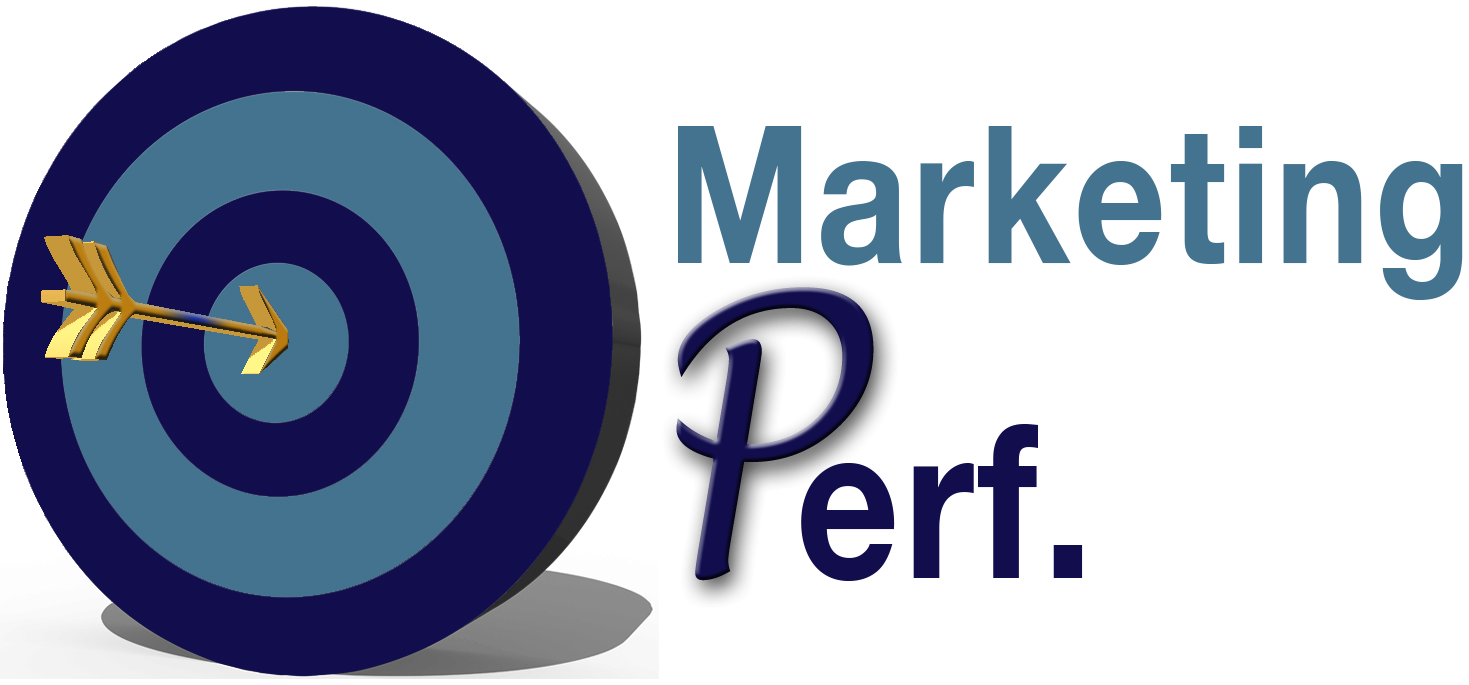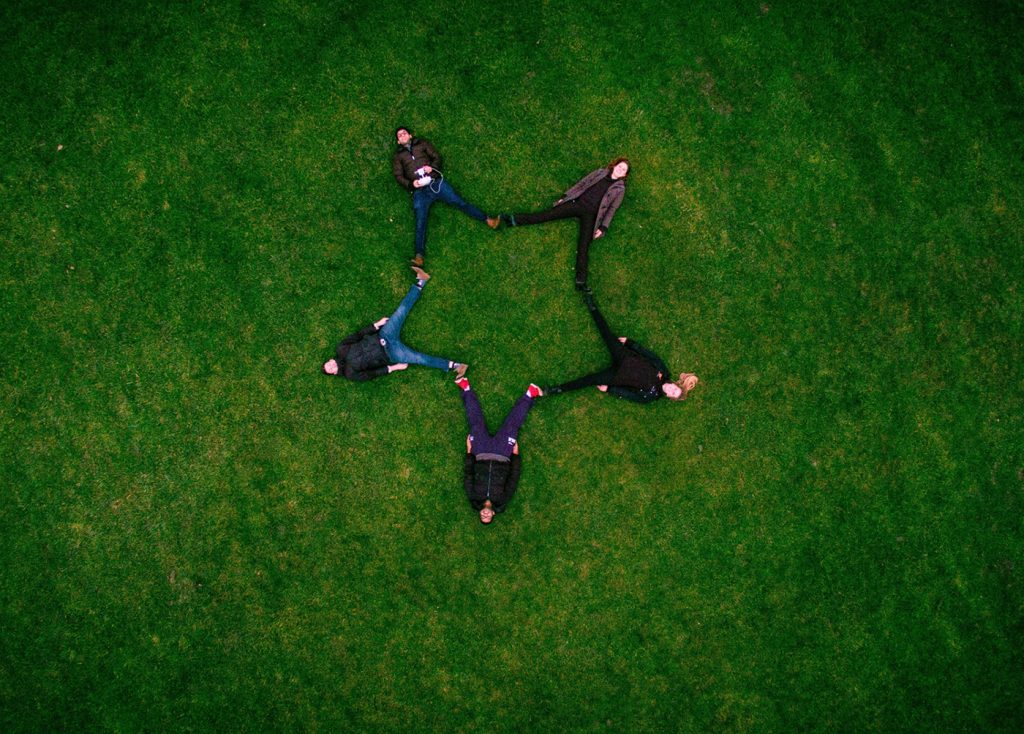1. Text versus pictures
Whenever you can, try to avoid having text within pictures, remember that pictures may not always show up the way you think they will. And also Google can’t read text on images. If you can’t avoid it remember to add alt tags to your pictures. Also, whenever pictures are very big, try to split them into several different pictures, this will help them load more quickly which is a parameter for Google to judge the quality of a page.
2. Avoid duplicate content at all times
Ten years ago a lot of websites got on top of Google by simply duplicating their pages a million times until Google realised what was happening. Those sites got blacklisted immediately. Some will tell you that a certain amount of text duplication is allowed between pages (some people will also give you figures such as no more than 50% of duplication allowed) but you should always try to avoid it at all costs where possible and keep it to a minimum (footer, header and some repeated frames should be ok).
If in doubt, use the Google Webmaster tool to check for duplicate content and use the canonical code to specify to robots which page is the original one. In addition to all previous recommendations about content, you must also avoid ‘stealing’ content from other websites.
3. Don’t buy links
There are plenty of companies offering to sell a high number of links for a very small amount of money. These are link farms and this practice is greatly penalised by Google. But what are link farms exactly? They’re links from websites that have a bad reputation or are blacklisted by Google or that have simply no relevance to your website.
Keep in mind that one good link from a reputable website is better than 100 from those. So keep working on it and you’ll get those important links for your website. These can be from directories or from organisations who have given you an accreditation. These links will come once you start building the general reputation of your business.
4. Avoid keyword stuffing
Let the writing flow and don’t try to repeat specific keywords unnecessarily. Google’s algorithm is sophisticated enough these days to detect unnatural writing and keyword optimisation within a page. Especially if your keyword density is above a certain threshold. So once again, keep it natural, if your page is about a particular topic you will already repeat the important keywords without even noticing it. No need to add a second layer.
5. Flash is nice but difficult to index
Avoid building your entire website in Flash. Or if you do, always offer your users the alternative to view the website or page in html. Think about mobile browsing first of all: more and more people will access your website through their mobile phone and only a few of those can read Flash. This doesn’t mean that you shouldn’t have any Flash animations on your website, on the contrary as it’s visually very attractive for the users. Just give them a choice.
From an SEO perspective this won’t work very well with Google bots. Why? Because the lack of text will make it difficult to fully index your website or web page. Some Flash animations can also take a while to load and page load time is one of the parameters that Google uses to rate your page. In conclusion Flash is fine as long as you offer alternative html versions of your pages.
6. Avoid hiding text
This was a widely spread technique ten years ago to try and get better rankings. This was done through adding white text on a white background at the bottom of a page, text which was then invisible to the users but visible to spiders. This has been considered a black hat SEO technique for a few years now, you should therefore avoid doing this at all costs.
To summarise, the bots and the users should be able to view the same text. Other forbidden ways to do this include hiding text behind an image, setting the font size to zero or simply having a hidden navigation menu on your page.
7. Page load time
Once again for Google users come first. Hence the fact they will penalise websites that take too much time to load. How can you avoid this? First of all avoid having too many ads on a webpage. These can multiply load time by ten. Try to have gif or jpeg pictures, these are smaller than other formats and will take less time to load.
You should also avoid resizing images in html. Resize them to the size needed with your picture editing program. For reference, the maximum load speed for your website should be 1.5 seconds. Check online and you will find plenty of free tools to check your website speed.
8. The technical bit
Some code may sometimes prevent the robots from indexing the content of a page correctly. You should for example avoid having too much java script in your code or if you do have it on an external file. A tool like Spidertest will help you find out what can be improved in your code, use it regularly.


